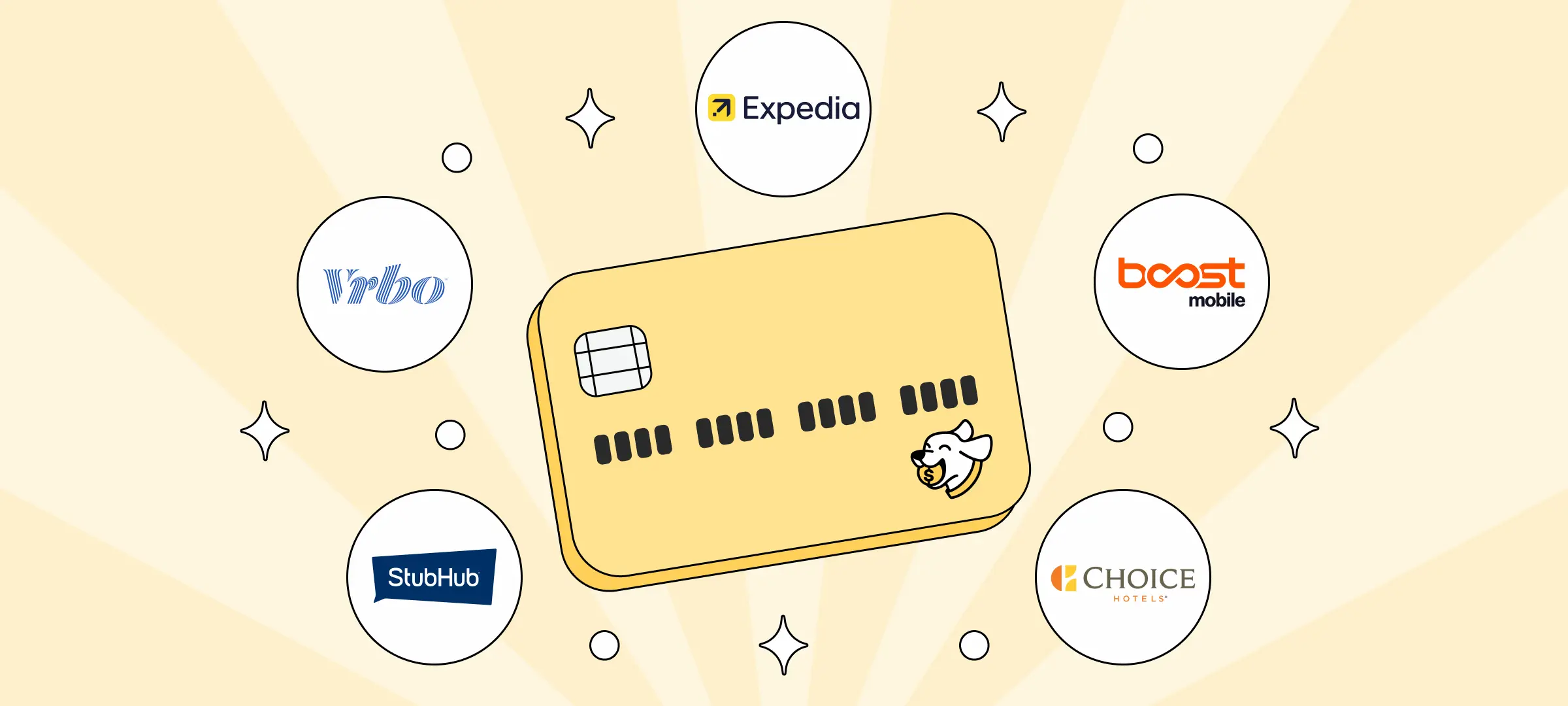
Kudos has partnered with CardRatings and Red Ventures for our coverage of credit card products. Kudos, CardRatings, and Red Ventures may receive a commission from card issuers. Kudos may receive commission from card issuers. Some of the card offers that appear on Kudos are from advertisers and may impact how and where card products appear on the site. Kudos tries to include as many card companies and offers as we are aware of, including offers from issuers that don't pay us, but we may not cover all card companies or all available card offers. You don't have to use our links, but we're grateful when you do!
301 Credit score: What You Need to Know in 2025
July 1, 2025


TL;DR
A 301 credit score is a starting point on your financial journey, placing you in the “Poor” FICO score category. This provides a clear opportunity to begin building a stronger credit history and improving your financial standing.
What Does a 301 Credit Score Mean?
A credit score of 301 is on the lowest end of the scale. FICO scores range from 300 to 850, placing a 301 score squarely in the "poor" credit category. To lenders, this number signals a very high-risk borrower, often reflecting a history of serious payment issues, such as defaults or collections. It suggests a significant struggle with managing credit obligations in the past.
Financially, this score can create major roadblocks. You'll likely face rejections for new credit cards, loans, and even rental applications. Any credit that is extended will almost certainly come with steep interest rates and unfavorable terms, making borrowing very expensive. While the immediate outlook is challenging, it's important to know that a credit score is not a permanent label and reflects past behavior, not future potential.
Who Has a 301 Credit Score?
While age isn't a direct factor in credit score calculations, there is a clear trend of scores improving over time. According to 2023 Experian data, average FICO scores break down by generation as follows:
- Generation Z (ages 18-26): 680 (Good)
- Millennials (ages 27-42): 690 (Good)
- Generation X (ages 43-58): 709 (Good)
- Baby Boomers (ages 59-77): 745 (Good)
- Silent Generation (ages 78+): 760 (Very Good)
Credit Cards With a 301 Credit Score
A credit score of 301 is considered very poor and will significantly impact your ability to get a credit card. Most lenders view this score as a high risk, making it challenging to qualify for traditional, unsecured credit cards. While approval is not impossible, you'll likely be limited to options such as secured cards or cards with high interest rates, annual fees, and low credit limits.
Kudos offers tools that analyze your financial situation—either through a preferences quiz or by reviewing your real-time spending—to provide personalized card recommendations. The platform also provides insights into how applying for a new card could impact your credit score, helping you make a more informed decision.
Auto Loans and a 301 Credit Score
A 301 credit score places you in the deep subprime category, which can make securing an auto loan challenging. While approval is still possible, you will likely face significantly higher interest rates and less favorable loan terms.
According to an analysis of average car loan interest rates, here is a breakdown of what you can expect based on different credit score brackets:
- Super-prime (781-850): 5.25% for new cars and 7.13% for used cars.
- Prime (661-780): 6.87% for new cars and 9.36% for used cars.
- Non-prime (601-660): 9.83% for new cars and 13.92% for used cars.
- Subprime (501-600): 13.18% for new cars and 18.86% for used cars.
- Deep subprime (300-500): 15.77% for new cars and 21.55% for used cars.
Mortgages at a 301 Credit Score
A 301 credit score is significantly below the minimum threshold for any mainstream mortgage. According to a 2025 mortgage guide, even the most accessible government-backed loans, like FHA loans, require a minimum score of 500 with a 10% down payment. With a score this low, your application would almost certainly be denied by conventional, FHA, VA, and USDA lenders, making it necessary to improve your credit before applying.
The primary impact of a 301 credit score on a loan application is denial. In the unlikely event you found a subprime lender, you would face severe consequences, including prohibitively high interest rates, substantial fees, and a large down payment requirement. Lenders would also subject your finances to intense manual underwriting, scrutinizing every aspect of your income and debt history due to the high risk involved.
What's in a Credit Score?
Figuring out what goes into your credit score can feel like trying to solve a complex puzzle, but it generally boils down to a handful of key elements. The most common factors include:
- Your payment history, which tracks whether you pay your bills on time, is the most significant factor.
- Credit utilization, or the amount of credit you're using compared to your total available credit, also plays a major role.
- The length of your credit history demonstrates your experience with managing credit over time.
- Having a healthy mix of different types of credit, such as credit cards and installment loans, can positively impact your score.
- Finally, recent credit inquiries, which occur when you apply for new credit, are also taken into account.
How to Improve Your 301 Credit Score
Don't be discouraged by a low credit score; with consistent positive behavior, it is possible to improve it. According to one expert guide, most people see meaningful changes within three to six months of dedicated effort.
- Apply for a secured credit card. This type of card requires a security deposit, making it accessible for those with damaged or limited credit. As you use it responsibly, your positive payment history is reported to the major credit bureaus, helping to build your score over time.
- Become an authorized user. By being added to a credit card account with a strong payment history and low balance, you can benefit from their good credit habits. This can add positive data to your credit file quickly, giving your score a potential boost.
- Consider a credit-builder loan. These loans are specifically designed to help you establish a positive payment history, which is a major factor in your credit score. Making timely payments also helps diversify your credit mix, showing lenders you can handle different types of credit.
- Address collection accounts. Unpaid collections are a significant negative mark on your credit report, so settling them is a crucial step for recovery. Negotiating a settlement or removal can reduce the negative impact and help your score improve.
Using a tool like the Kudos browser extension can help you manage your cards and monitor your score as you work to improve it.

Supercharge Your Credit Cards
Experience smarter spending with Kudos and unlock more from your credit cards. Earn $20.00 when you sign up for Kudos with "GET20" and make an eligible Kudos Boost purchase.
Editorial Disclosure: Opinions expressed here are those of Kudos alone, not those of any bank, credit card issuer, hotel, airline, or other entity. This content has not been reviewed, approved or otherwise endorsed by any of the entities included within the post.





















.webp)
.webp)
.webp)
.webp)















